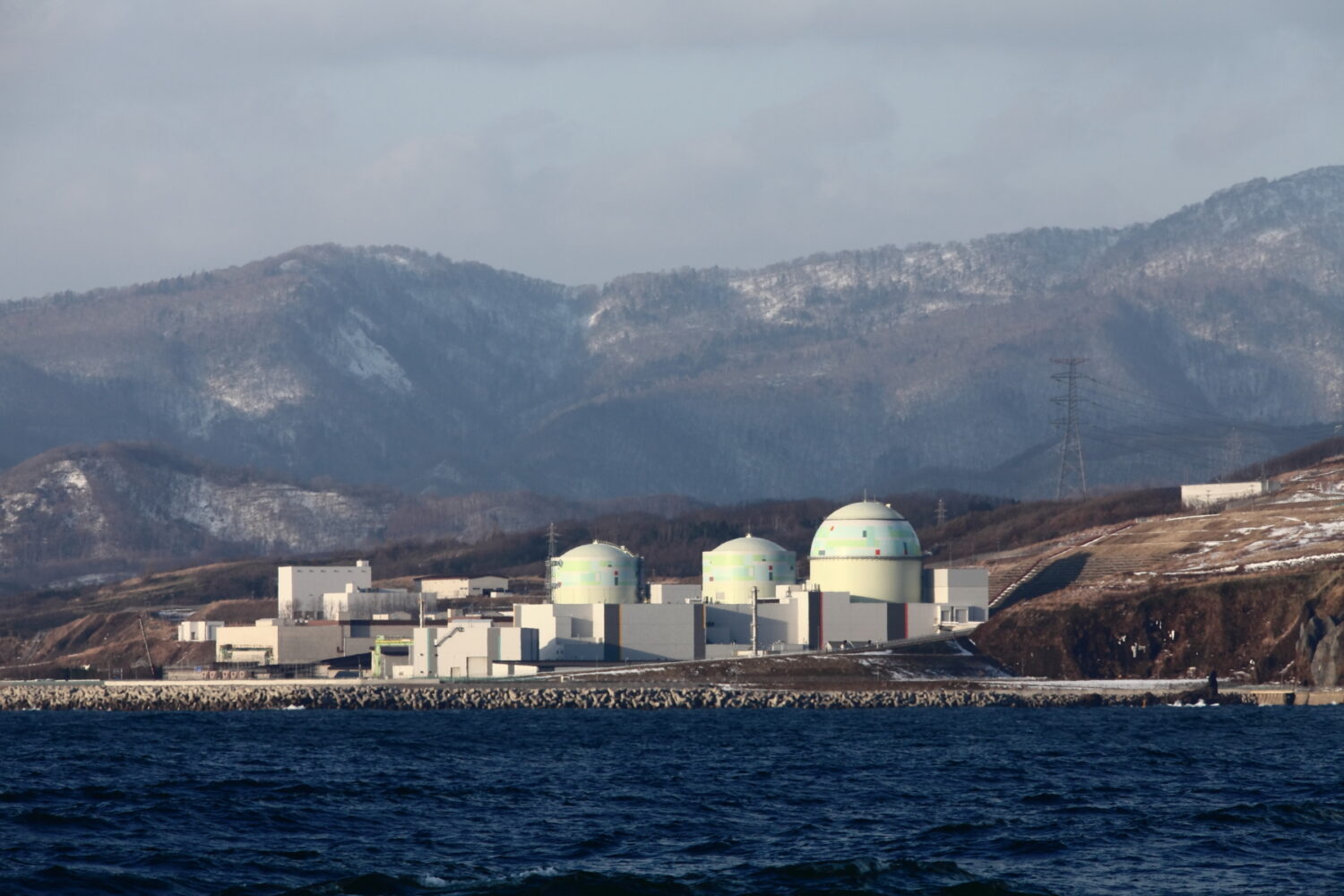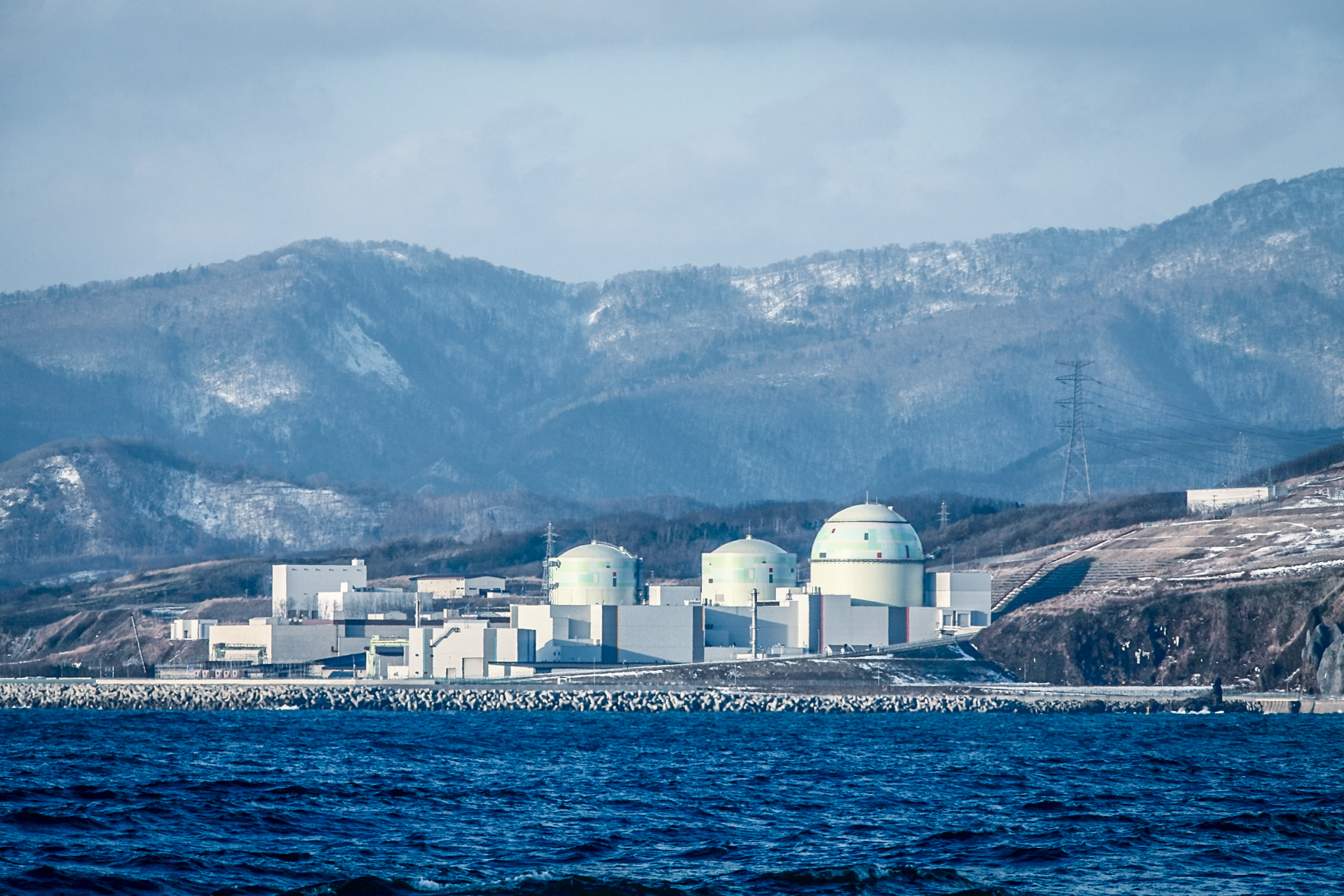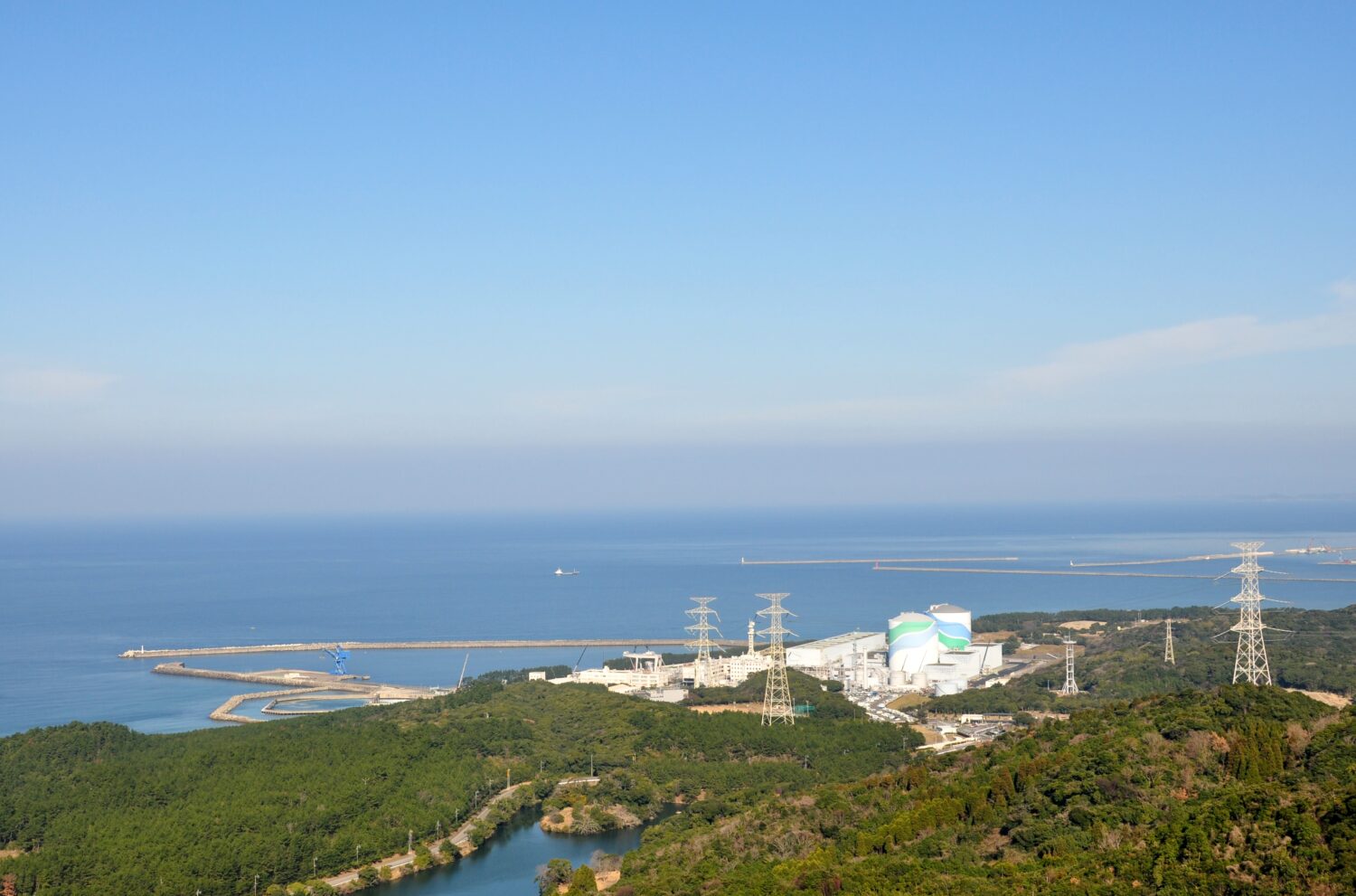Saying that nuclear power was essential in Japan from an energy security viewpoint, Sawa pointed out the following as conditions for maintaining nuclear power over the medium and long terms:
- The political conviction (national and municipal) that nuclear power is “especially” necessary for Japan.
- Solid, long-term, stable financing and risk allocation (including a nuclear damage compensation system).
- An institutional structure (including human resource development) that promotes technological renewal so as to continually generate innovative practices.
He described the current state of nuclear power in Japan as being on the “verge of crisis.” Comprehensive solutions, he said, include the following:
- Attracting private funds by allocating risk among the public and private sectors, in order to realize the replacement of older nuclear power plants or the construction of new ones necessary to maintain nuclear technology and human resources
- Making integrated efforts to solve the backend issues of decommissioning, interim storage, reprocessing, final disposal, and so forth.
- Endeavoring toward a common understanding on regulatory philosophy and methodology, while rationalizing regulatory activities by revising the Law for the Regulation of Nuclear Source Material, Nuclear Fuel Material and Reactors (the so-called Reactor Regulation Law).
In response to a question about costs from JAEC Vice-Chairman Nobuyasu Abe, Sawa emphasized that the Power Generation Cost Verification Working Group only calculated the costs of power generation. In selecting nuclear power, however, the concept of “business risk premium” comes into play — the idea that the initial investment will have to be recovered consistently over a long period.
In that respect, he said that it was likely that nuclear power would lose to thermal power. Citing cases in the United Kingdom and the United States, he said there would be more incidents of decommissioning due to financing problems than those resulting from anti-nuclear movements.
Sawa also called for an institutional plan to secure compensation for damage equivalent to the current fully-distributed cost method, or limited liability for damage compensation, even after power system reform is implemented.
Finally, he repeated that restarting fully depreciated, existing NPPs was a good “shortcut” to lowering power rates.


-013.jpg)

-049.jpg)
.jpg)












